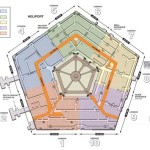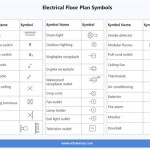Essential Aspects of My House Floor Plans
Floor plans are detailed drawings that represent the layout of a house. They show the arrangement of rooms, hallways, and other spaces, as well as the placement of windows, doors, and stairs. Floor plans are essential for planning the construction of a house, and they can also be useful for remodeling projects or for simply visualizing the layout of a home. Here are some of the essential aspects of my house floor plans:
1. Scale: The scale of a floor plan is the ratio of the size of the drawing to the size of the actual house. The scale is typically expressed as a fraction, such as 1/4 inch = 1 foot. This means that 1 inch on the drawing represents 4 feet in the actual house.
2. Dimensions: The dimensions of a floor plan are the measurements of the rooms and other spaces. The dimensions are typically given in feet and inches. They can be used to calculate the square footage of a room or to determine the size of furniture that will fit in a space.
3. Room layout: The room layout is the arrangement of the rooms and other spaces in a house. The room layout can be open or closed. An open layout has fewer walls and more open spaces, while a closed layout has more walls and smaller rooms.
4. Windows and doors: The windows and doors in a floor plan show the location and size of the openings in the walls. The windows and doors can be used to provide natural light and ventilation, and they can also be used to access different parts of the house.
5. Stairs: The stairs in a floor plan show the location and size of the staircases in a house. The stairs can be used to access different levels of the house, and they can also be used to create a sense of separation between different spaces.
6. Other features: Floor plans can also include other features, such as fireplaces, built-in cabinets, and appliances. These features can be used to add character and functionality to a home.
Floor plans are an essential tool for planning the construction of a house. They can also be useful for remodeling projects or for simply visualizing the layout of a home. By understanding the essential aspects of floor plans, you can make informed decisions about the design of your home.

Where You Can Buy House Plans Live Home 3d

Pin On House Layout

Floor Plans Types Symbols Examples

My Ideal House Floor Plan Plans Courtyard

Customize 2d Floor Plans

My Dream Home Free Design 3d Floor Plans By Planner 5d

Easy To Build Houses And Floor Plans Houseplans Blog Com

3 Bedroom House Plans Bla 021 7s My Building Free For Bungalow Floor
51.jpeg?strip=all)
My House Design Home

Cur And Future House Floor Plans But I Could Use Your Input Addicted 2 Decorating








